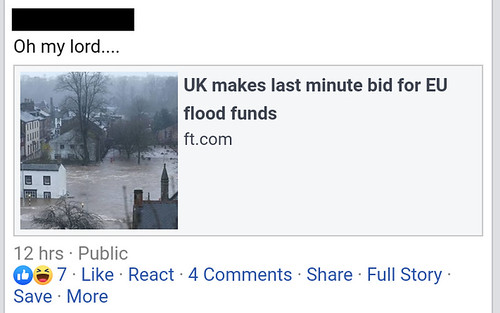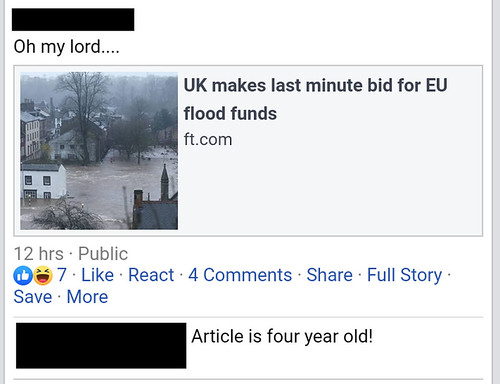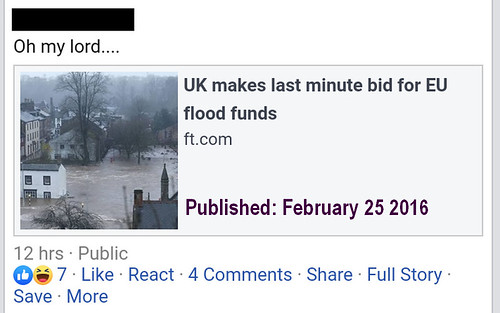Wikidata needs an open-source developer to make its geographical query results compatible with GPS devices and other geo-spatial tools. Here’s why…
If you query Wikidata (the database sibling project of Wikipedia) for geographically locatable subjects (say, a list of accredited museums in the UK) the results are returned in a table.
When the data has coordinates, with a single click (on the left-hand menu, in desktop view) the results can also be displayed on a map.
The tabular data can be downloaded (via the right-hand menu) in a number of formats, such as CSV, HTML or JSON.
The Wikidata community would like users to be able also to export the data in one or more GPS-friendly formats. These are not only useful for GPS devices, but are compatible with other mapping and visualisation tools. I opened a ticket for this feature request—in 2019!
A patch to do this, supporting GPX, GeoJSON and KML, has been coded. However, it relies on a number of libraries, which in turn introduce numerous dependencies on other libraries. Because these libraries all need to be security-checked, and maintained, using the patch would be cost-prohibitive. As a result, it has been declined.
We are told that it should be possible to code the conversions directly, so that the libraries are not needed. Or to look at removing what we do not need from those libraries. This “requires a developer with a bit more understanding of the formats to look into it”.
I’m not a developer, and the nuts-and-bolts of this are mysterious to me.
We need someone with the relevant knowledge and experience, willing to work on an open-source fix, for the common good.
Who will step up and take on this pro-bono work?
Update: 18 June 2025—WDQS now offers GeoJSON downloads for results that include coordinates. KML & GPX should follow. See the ticket link, above, or try it for yourself here (works best on desktop; mouse over right-hand edge to get menu with download link).










